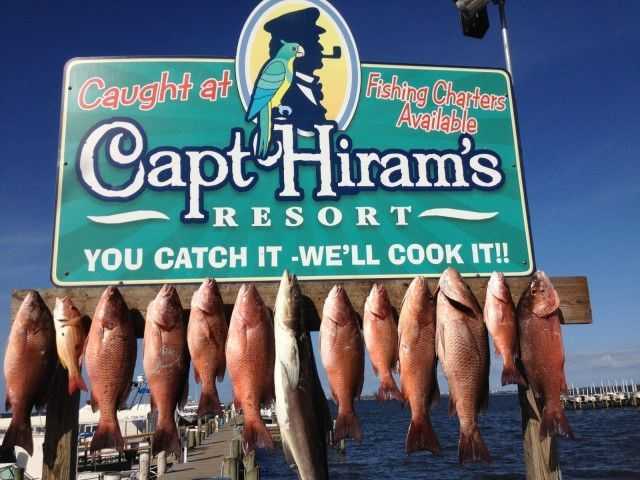
[dropcap]A[/dropcap]s early as the second week of January, groups of manta rays were spotted between Canaveral and Sebastian with huge schools of cobia in tow. January does seem a bit early for cobia reports, but February certainly is not. My thoughts turn to August of last year and one of the most absurd tactics for catching cobia I’ve ever seen. Boats would anchor up and tie the carcasses of dead fish off the stern to attract bull sharks. Believe it or not, the cobia were on the bull sharks, much like they would be found holding on rays. This approach worked best at a specific place, but I have to keep some secrets. The more traditional method of spotting rays, working their way down the coast, will probably be the most effective way to put your limit of cobia in the boat. Chartreuse jigs with rubber tails are a mainstay and I like to have a few rods rigged with just a hook, ready to cast a live bait in front of a stubborn fish. In search for a challenging bottom fish, other than grouper, I’ve been targeting big tile fish. It’s a relatively untapped fishery in comparison to the pressure other bottom fish receive. Catches have been very consistent, with fish averaging around 15-pounds. It takes specialized tactics to catch a tile fish. I use a chicken rig with at least 3-pounds of weight and in, never less than, a depth of 500 feet. Look for soft bottom and hold your boat still in the current as you drop. You’ll be in the Gulf Stream, so keep an eye out for dolphin. Spanish mackerel will be just outside the inlet and larger kingfish will be on the offshore bar, as long as water temps don’t drop below 67 degrees. The mangrove snapper bite heats us this month and if you have some good rocks that hold mangroves, try chumming up the big ones. I’ve caught some over 12 pounds recently. If you’re after sea bass and triggerfish, use a chicken rig with squid for bait. Some amberjacks have moved into shallower water depths, the 80 to 90 foot range. If you hook one up in there, hang on. A 10-inch blue runner is the perfect bait.